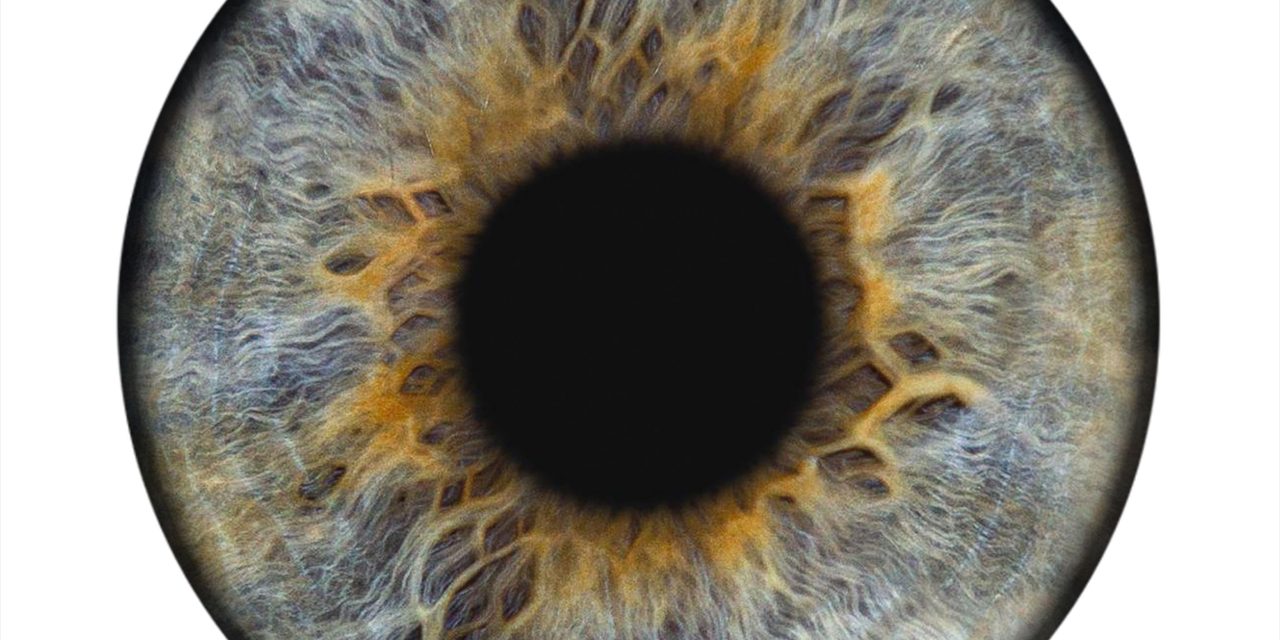To evaluate the symptoms and signs of dry eye disease (DED) in children diagnosed with blepharokeratoconjunctivitis (BKC).
Prospective case-controlled study PARTICIPANTS: Consecutive patients with BKC and normal controls.
All participants underwent a comprehensive dry eye assessment including the Canadian Dry Eye Assessment (CDEA) questionnaire, tear film osmolarity test, Schirmer’s test without anesthesia, slit lamp examination, tear film break-up time, corneal fluorescein staining (CFS), and lissamine green conjunctival staining (LGCS), according to the Sjögren’s International Collaborative Clinical Alliance ocular staining score. For each test the result of the more severe eye was included in the statistical analysis.
Twenty-five patients were recruited-11 with BKC and 14 healthy controls. No difference in symptoms was found between children with BKC (CDEA score 6.1 ± 5.5) and normal controls (CDEA score 3.6 ± 3.2; p = 0.16). Children with BKC had significantly higher mean CFS (1.1 ± 1.6 vs 0.1 ± 0.4; p = 0.04) but similar mean LGCS (1.4 ± 1.8 vs 1.5 ± 2.1; p = 0.81) than normal controls. No statistically significant differences were observed in other tests between the 2 groups. CDEA scores were significantly correlated to CFS in normal controls (r = 0.59, p = 0.03), and approached significance in children with BKC (r = 0.56, p = 0.07).
The only test that can distinguish DED in patients with BKC from children without BKC is the CFS score. This should guide management and monitoring of this unique patient population with DED symptoms and signs.
Copyright © 2021 Canadian Ophthalmological Society. Published by Elsevier Inc. All rights reserved.
Evaluation of dry eye disease in children with blepharokeratoconjunctivitis.


